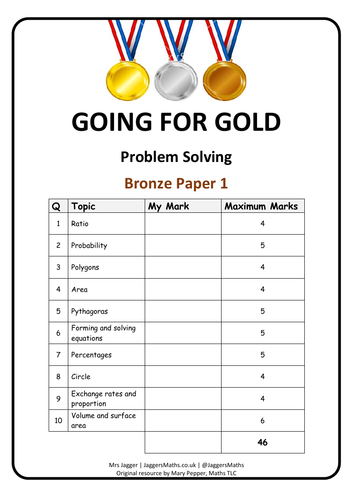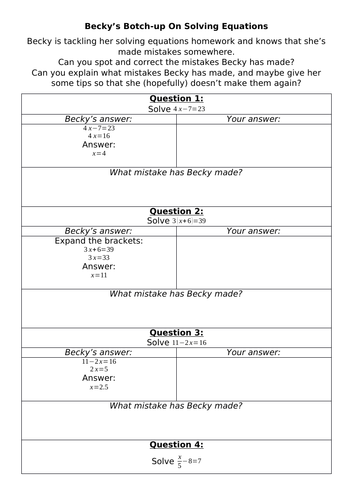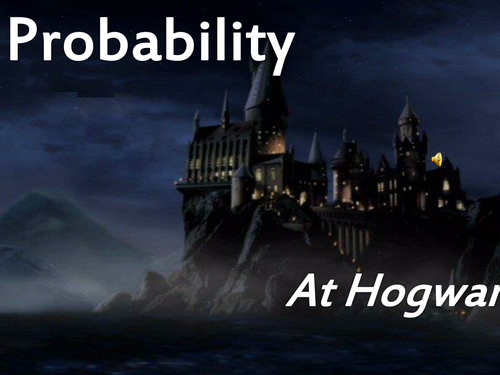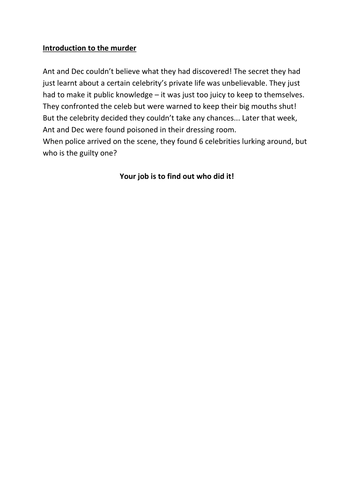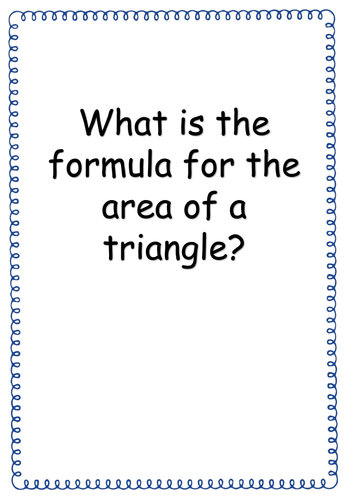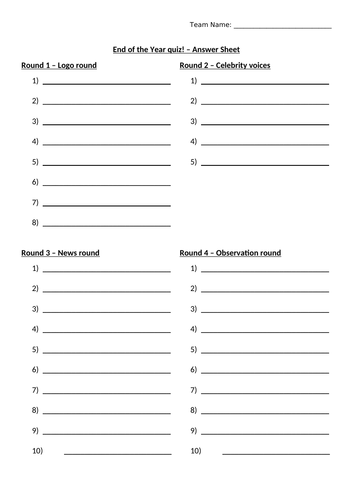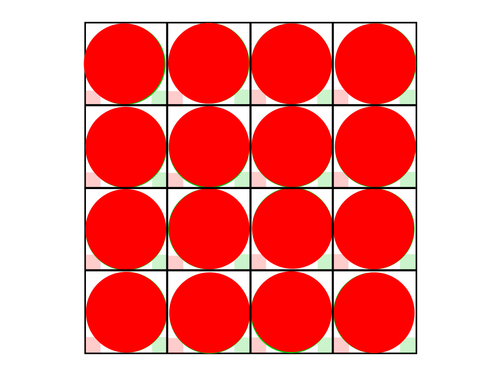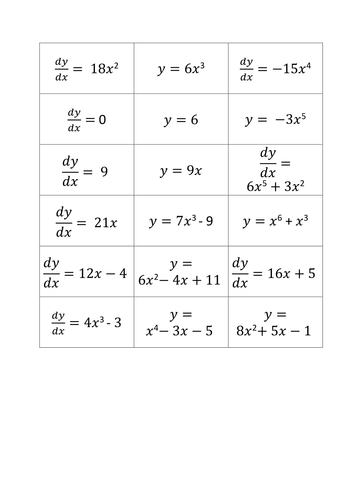Mrs Jagger's Resources
I am a Maths teacher at a secondary academy in Yorkshire. I focus on developing my teaching and learning and have a great passion for creating new resources. I have a degree in Mathematics, PGDE and Masters degree in Education all from the University of Sheffield.

